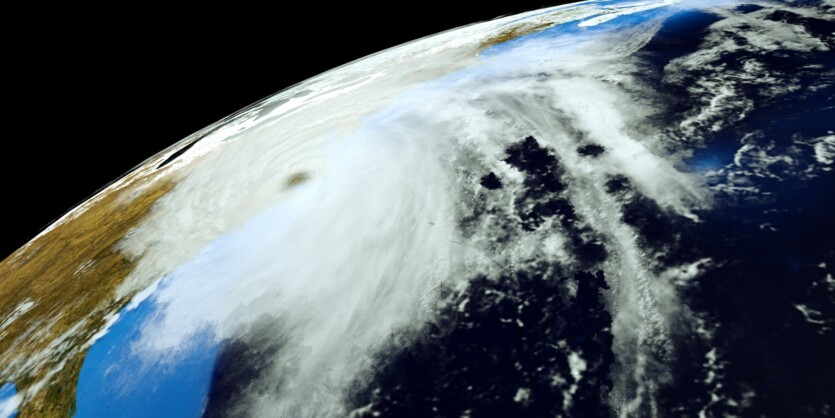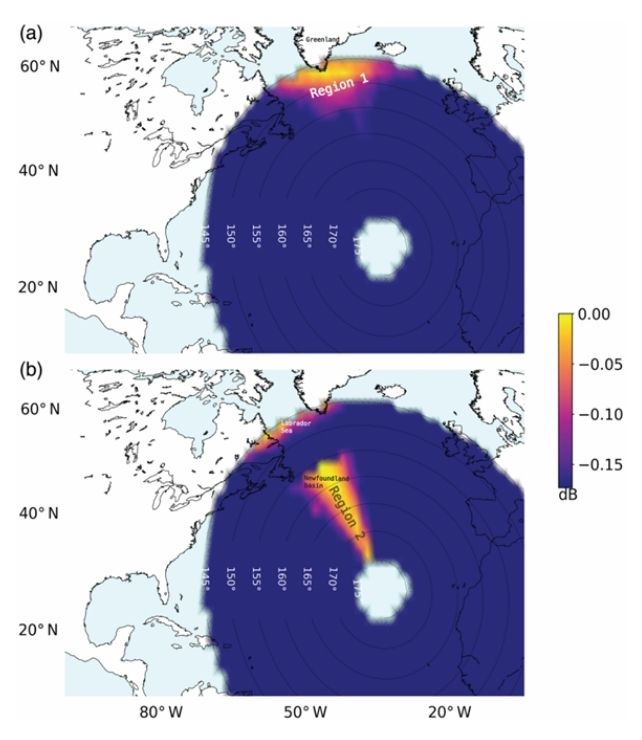
Seismologists from the Australian National University have detected seismic microwaves caused by storms in the North Atlantic passing through earth’s core and reach Australia.
It is noted that the results of the new study deepen scientists’ understanding of the structure of our planet and open the way to the study of other objects in space. The activity of storms, in particular cyclones over the ocean, generates acoustic waves of sufficient strength to spread across the planet.
However, by the time these waves pass through the Earth’s core, they become incredibly weak. To detect these signals The lead author of the study, Hrvoje Tkalčič, and his colleagues used two spiral antenna arrays measuring 50 by 50 km installed in remote areas of Australia. Waves generated by powerful cyclones in the North Atlantic, passing through a liquid outer core and a solid — inner core. They can be recorded in Australia from December to February. The main sources of signals are the regions off the coast of Greenland and the island of Newfoundland.
The researchers tried to record microseismic noise — weak vibrations caused by the interaction of ocean waves and the earth’s surface, which are divided into P-waves (compressive), which pass through the core and a robe, and S-waves (shear) — which are attenuated in the liquid outer core, but help to clarify its size. This new method of detecting signals may prove useful for exploring alien worlds.

For example, it can detect the core of exoplanets with no volcanoes or earthquakes. According to Hrvoje Tkalčič, this method allows us to look inside the planet without the need for drilling
«In the future, we will be able to use the energy of storms to explore the interior of planets and several moons with atmospheres. Our study uses these microseismic events as an alternative source of data to study the structure of the Earth’s interior beneath Australia», — the researchers emphasize.
The analysis revealed that the southern part of Greenland is the most active zone, where storms create powerful microseisms. This is due to deep ocean troughs and strong winds that amplify the waves.
Australian scientists plan to expand the network of antennas to increase sensitivity to these microseismic waves. They also want to use this method to analyze data from the InSight Martian seismometer as part of their study of the Red Planet’s core.
The Earth’s inner core is slowing down — the length of the day may change
The results of the study are published in the journal Seismological Research Letters
Source: ScienceAlert

Spelling error report
The following text will be sent to our editors: